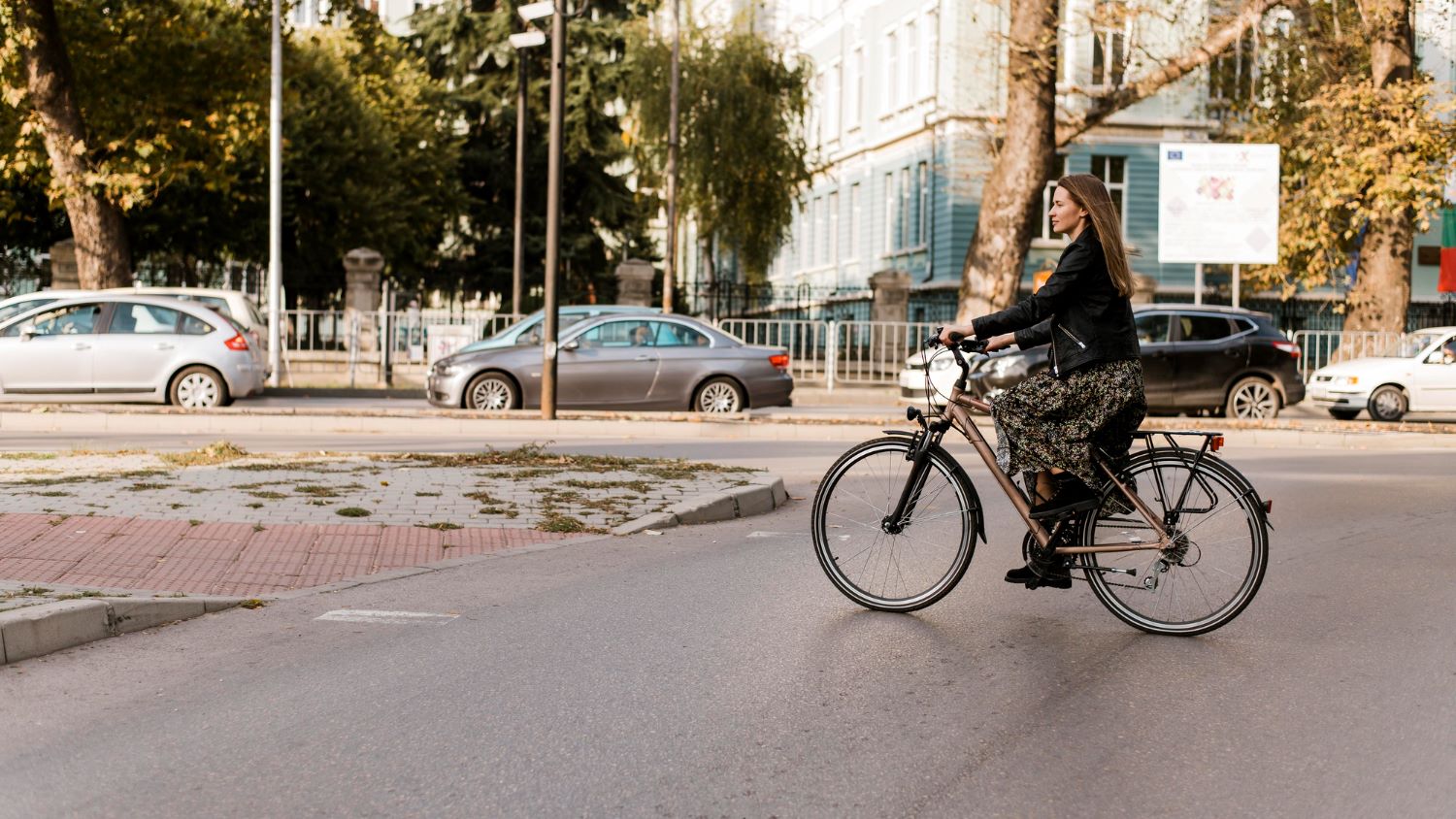Cycling to work is associated with a 47% reduction in risk of death
According to a large long-term study published in BMJ Public Health, people who cycle or walk to work or school have a lower risk of mental and physical illness. Cyclists benefit the most, with a 47% lower risk of death from any cause, a 24% lower risk of hospital admission for cardiovascular disease, a 51% lower risk of dying from cancer and a 20% lower risk of being prescribed drugs for mental health problems.

Manuel Franco - bicis mejor salud EN
Manuel Franco
Head of International Relations at the Spanish Society of Public Health and Healthcare Administration (SESPAS), organiser of the 2026 European Public Health Conference (EUPHA), Ikerbasque Research Professor at the Basque Centre for Climate Change (BC3) and professor and researcher at the universities of Alcalá and Johns Hopkins
This is a very interesting study design because it has made it possible to analyse data from more than 80,000 workers in Scotland who have been followed for 18 years. It is also very interesting to be able to analyse different diseases and mortality. The results show enormous health benefits from walking and, above all, cycling to work.
This study expands the knowledge we had by differentiating between walking and cycling to work as active modes of transport. The health benefits shown are enormous and it is relevant to show the benefits on mental health.
A possible limitation comes from the fact that people who cycle to work tend to be sporty, highly educated and probably take better care of their health than people who use other modes of transport.
The implications are highly relevant both for urban planning and for individual incentives to use cycling as a mode of transport. European countries such as Belgium and Denmark provide financial rewards for working people who use bicycles.
The benefits of cycling as a means of transport are not only health, but also environmental, as bicycles do not consume fossil energy, reducing the environmental impact of traffic which is the main contributor to greenhouse gases. It is very important to understand that mitigating the climate crisis is all about active transport.
Luis Cereijo - bicis buena salud EN
Luis Cereijo
Assistant professor of Physical and Sports Education and researcher in Epidemiology and Public Health at the University of Alcalá
The study has an excellent, large population sample size (N=82,297) and an 18-year follow-up, allowing analysis of the impact of walking and cycling on the risk of mortality, treatment and hospitalisation for cardiovascular disease, mental health, cancer and road traffic accidents. These data are very rare in the study of the health impact of active travel. The results are clear: having active lifestyles reduces the risk of developing adverse health events.
However, the study has certain limitations that should be noted. While the sample is followed from 2001 to 2018, data on travel mode are only collected in 2001, and there is no new data collection for the rest of the period. This is an important limitation given the strong possibility of changes in these habits that can occur, in many cases, resulting from changes in living conditions. Another important limitation is the lack of social stratification in the results: the authors do not present results by sex, which would undoubtedly have great relevance for capturing gender inequalities or differential effects. They do incorporate socio-economic indicators as an adjustment variable, but they do not stratify by this data either. Given the size of the sample and its statistical power, this stratification could have been done which, given the existing literature, could show different effects by socio-economic level, essential for understanding the population effect.
With respect to the data related to physical activity, there are two other relevant limitations: on the one hand, they do not have information on the volume of physical activity per trip that they carry out. Just as it is not the same to maintain the lifestyle for 18 years as it is to abandon it 3 years after the start of the study, neither is it the same to move 200 metres as it is to move 2 kilometres a day. This data is relevant for quantifying the effect of these trips on health. They also lack information on other types of physical activity. Given that the evidence shows that those with active transport habits are more likely to engage in regular physical activity, it is possible that the study is ignoring the confounding effect of these additional practices on associated health outcomes.
Despite these limitations, this study is highly relevant in that it further explores the importance of active modes of transport on people's health. Developing policies that favour these forms of safe commuting in daily routines, over others such as the private car, is a public health priority that needs to be addressed urgently.
Friel C, Walsh D, Whyte B, et al.
- Research article
- Peer reviewed
- Observational study
- People



